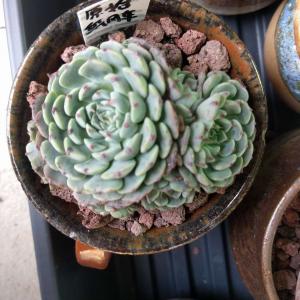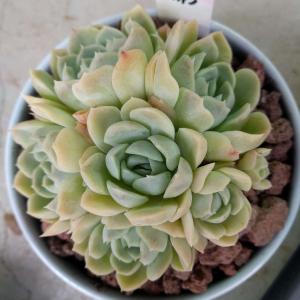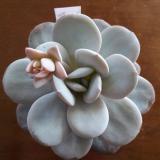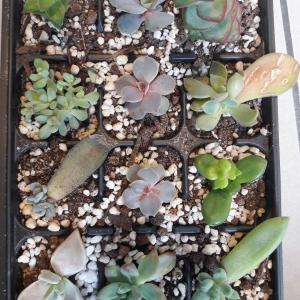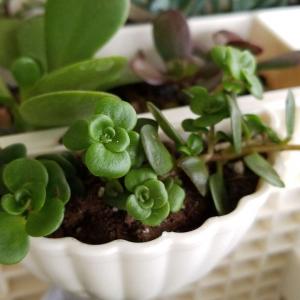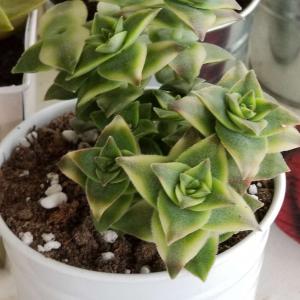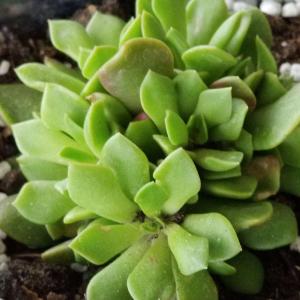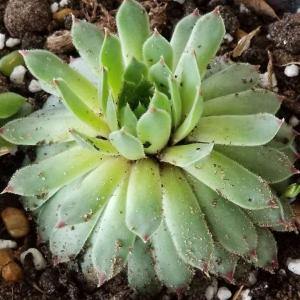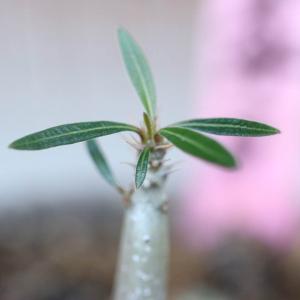文章
Miss Chen
2018年04月10日

Whether you're looking forward to a sprawling pumpkin patch in your backyard or just devouring pumpkin-related dishes on the regular, this versatile fruit has a lot going on, both in the garden and on your plate. Pumpkins are delicious, nutritious and can be grown right in your garden, and may become your favorite way to incorporate some home-grown decor in the fall.

Pumpkins Are Actually a Fruit
While we often tend to think of pumpkin dishes as a savory meal (pumpkin pie aside, of course), the edible part is actually the product of a flowering plant and contains seeds, which is the definition of a fruit-bearing plant. Vegetables, on the other hand, are the parts of a plant itself – the leaves, roots, stems, flowers or tubers.
Pumpkins Are Members of the Cucurbit Family
Pumpkins do not stand alone on their own unique, botanical island. They are related to other similar plants as part of the Cucurbit family, which includes squash and gourds. Also, all pumpkins are not exactly the same. There are decorative pumpkins, pumpkins you can eat and pumpkins you can carve as the fall holidays roll around.
Pumpkins Come From (Some) Flowers
Like other flowering, fruit-producing plants, pumpkins get their start with blossoms that eventually give way to fruit. Only the female flowers produce fruit, while the male flowers create pollen for the females. Pumpkin flowers tend to be large and of a yellow-orange hue, and the pumpkin itself develops directly below this flower, starting very small and growing over time.

How to Grow Your Own Pumpkin Patch
If you're interested in growing pumpkins, it can be done. All you need is some land (many pumpkin varieties have vines that sprawl outwards) in a spot that's favored by full sun and you need to water and weed the area. Well-drained soils work best – choose a spot that has light, sandy soil. You'll have oodles of choices at your local nursery, so pick one that suits your needs and keep in mind that pumpkin plants do best when seeds are directly planted into the ground. Be sure to read the seed packet and note what you'll get and plant (and care for) accordingly.
Pumpkins Are Loaded With Nutrition
If you're into eating pumpkins, there's some excellent news. The flesh of the fruit is loaded with vitamin A, is low in carbs, is a good source of fiber and has a decent amount of minerals, such as potassium, copper and manganese. If you're partial to seeds, scoop them out, separate them from the pulp and roast them. They're a nutrient-dense snack full of protein, omega-3 fatty acids, omega-6 fatty acids and magnesium.

Pumpkins Are Actually a Fruit
While we often tend to think of pumpkin dishes as a savory meal (pumpkin pie aside, of course), the edible part is actually the product of a flowering plant and contains seeds, which is the definition of a fruit-bearing plant. Vegetables, on the other hand, are the parts of a plant itself – the leaves, roots, stems, flowers or tubers.
Pumpkins Are Members of the Cucurbit Family
Pumpkins do not stand alone on their own unique, botanical island. They are related to other similar plants as part of the Cucurbit family, which includes squash and gourds. Also, all pumpkins are not exactly the same. There are decorative pumpkins, pumpkins you can eat and pumpkins you can carve as the fall holidays roll around.
Pumpkins Come From (Some) Flowers
Like other flowering, fruit-producing plants, pumpkins get their start with blossoms that eventually give way to fruit. Only the female flowers produce fruit, while the male flowers create pollen for the females. Pumpkin flowers tend to be large and of a yellow-orange hue, and the pumpkin itself develops directly below this flower, starting very small and growing over time.

How to Grow Your Own Pumpkin Patch
If you're interested in growing pumpkins, it can be done. All you need is some land (many pumpkin varieties have vines that sprawl outwards) in a spot that's favored by full sun and you need to water and weed the area. Well-drained soils work best – choose a spot that has light, sandy soil. You'll have oodles of choices at your local nursery, so pick one that suits your needs and keep in mind that pumpkin plants do best when seeds are directly planted into the ground. Be sure to read the seed packet and note what you'll get and plant (and care for) accordingly.
Pumpkins Are Loaded With Nutrition
If you're into eating pumpkins, there's some excellent news. The flesh of the fruit is loaded with vitamin A, is low in carbs, is a good source of fiber and has a decent amount of minerals, such as potassium, copper and manganese. If you're partial to seeds, scoop them out, separate them from the pulp and roast them. They're a nutrient-dense snack full of protein, omega-3 fatty acids, omega-6 fatty acids and magnesium.
0
0





